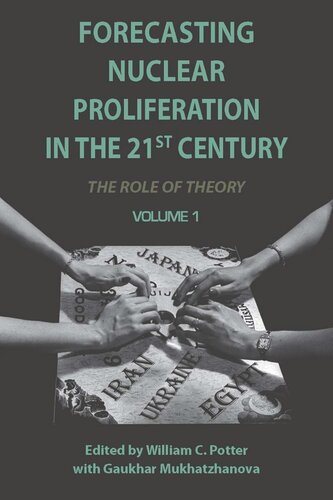

Most ebook files are in PDF format, so you can easily read them using various software such as Foxit Reader or directly on the Google Chrome browser.
Some ebook files are released by publishers in other formats such as .awz, .mobi, .epub, .fb2, etc. You may need to install specific software to read these formats on mobile/PC, such as Calibre.
Please read the tutorial at this link: https://ebookbell.com/faq
We offer FREE conversion to the popular formats you request; however, this may take some time. Therefore, right after payment, please email us, and we will try to provide the service as quickly as possible.
For some exceptional file formats or broken links (if any), please refrain from opening any disputes. Instead, email us first, and we will try to assist within a maximum of 6 hours.
EbookBell Team

4.4
42 reviewsThis volume provides the most comprehensive and up-to-date collection of theoretical perspectives regarding the sources of and propensity for nuclear proliferation. The authors probe the broader questions of why states pursue or abstain from nuclear weapons, as well as finer methodological issues involving concept definition and development, hypothesis testing, and generalization of findings. They draw upon both the extensive body of qualitative analysis and the inchoate but important work of a quantitative nature. Although the chapters do not all focus specifically on the relationship between one state's nuclear behavior and that of another, collectively the essays provide a better understanding of the limits of reactive proliferation as well as the circumstances under which weapons diffusion is most likely to occur. They also offer compelling arguments about what must be done in order to improve proliferation prognoses and propose new conceptual approaches toward that end.